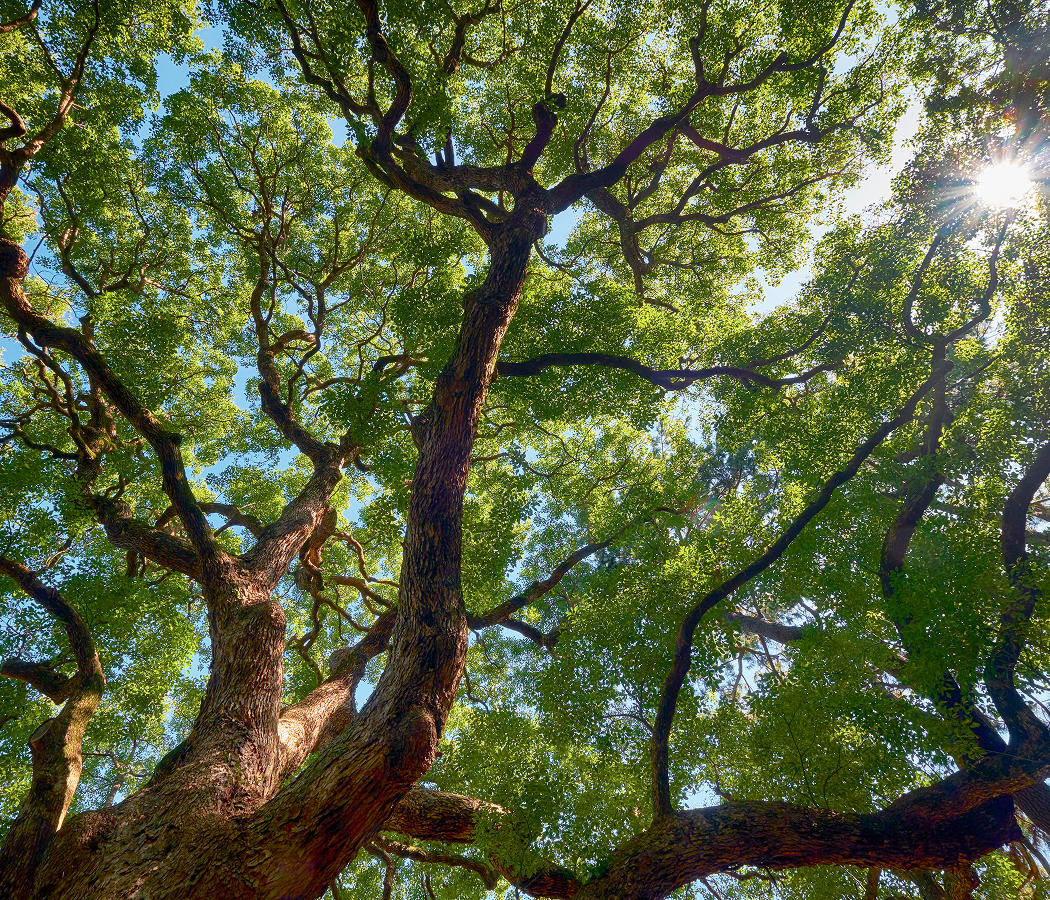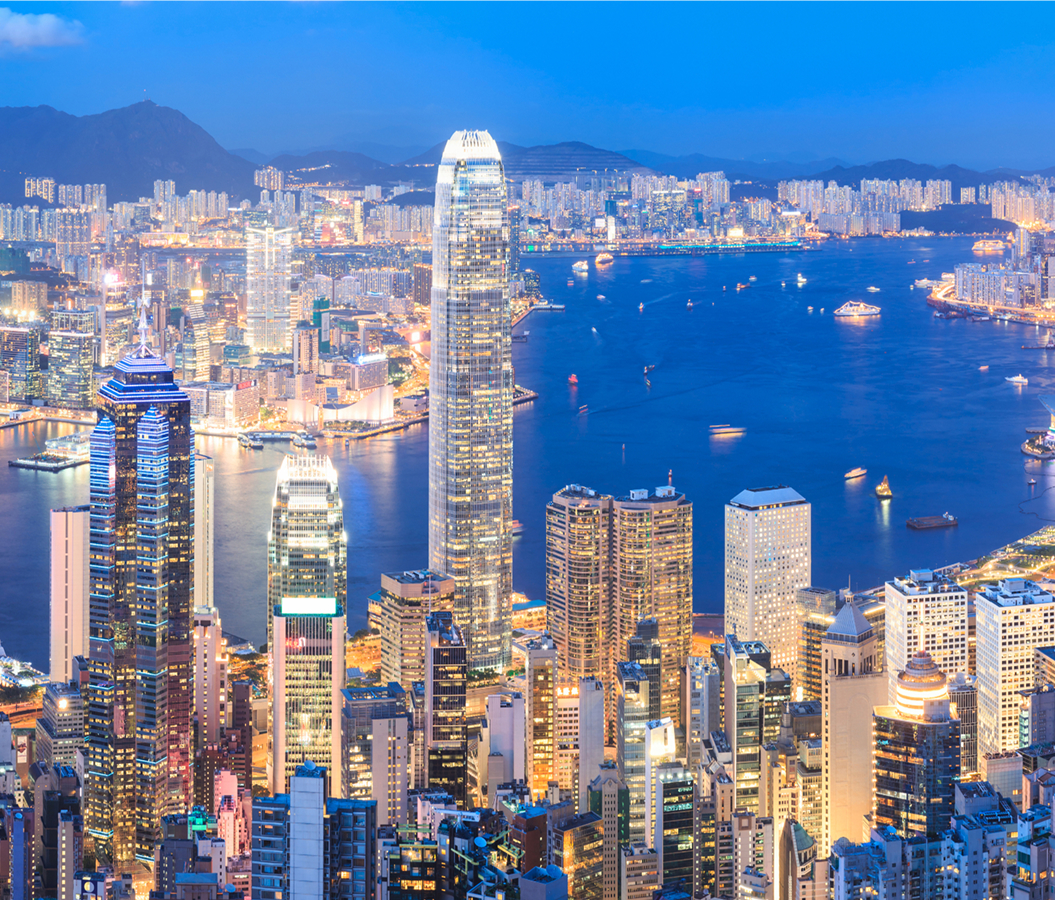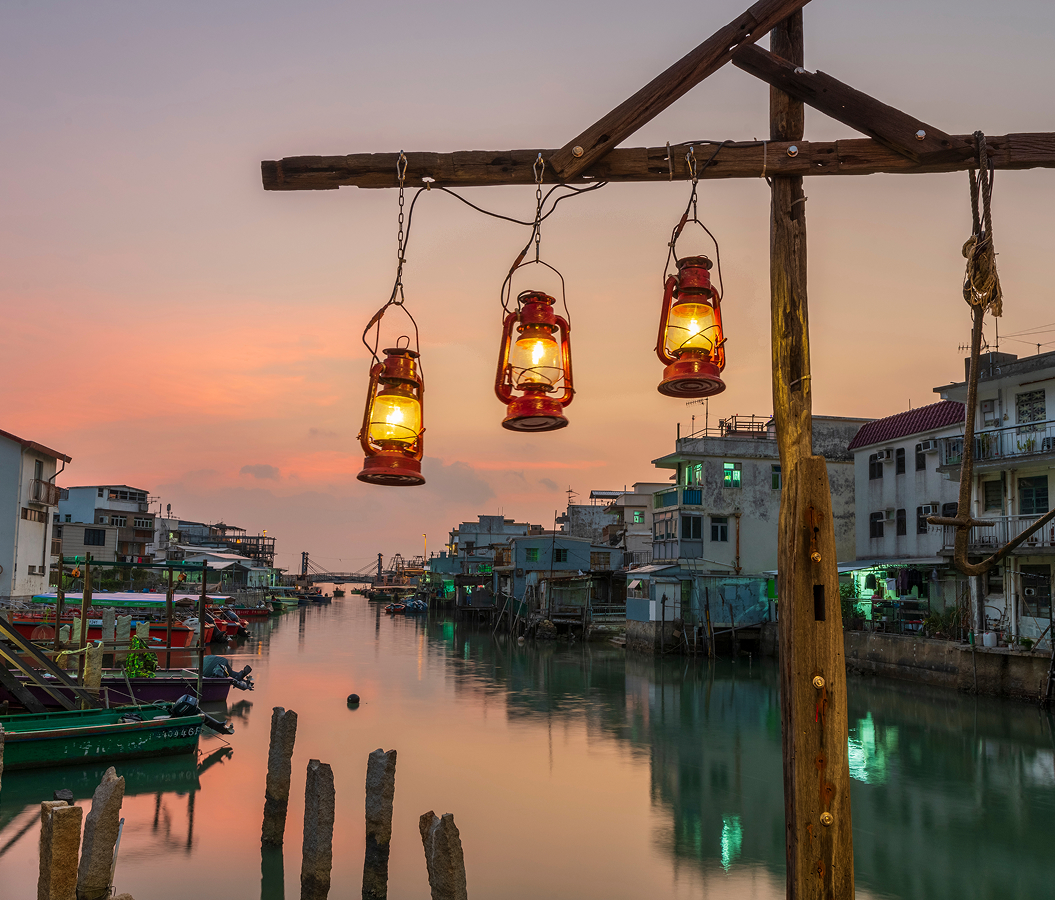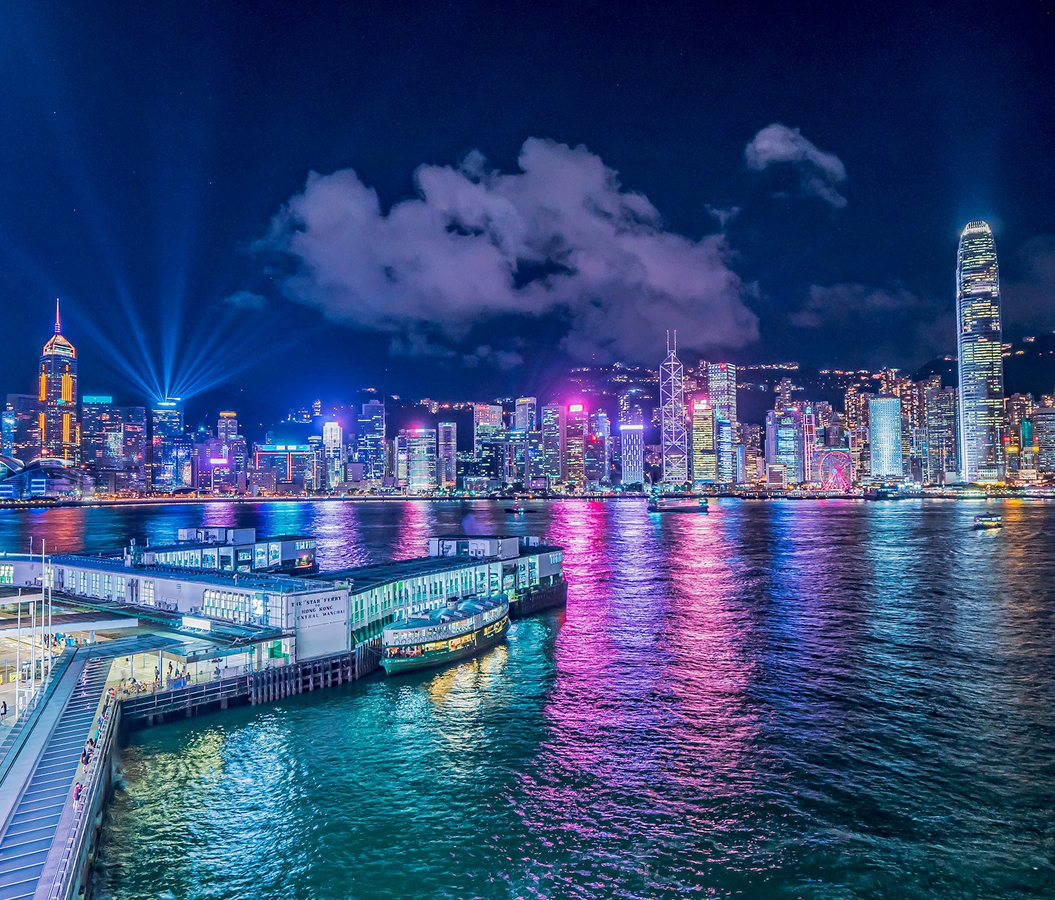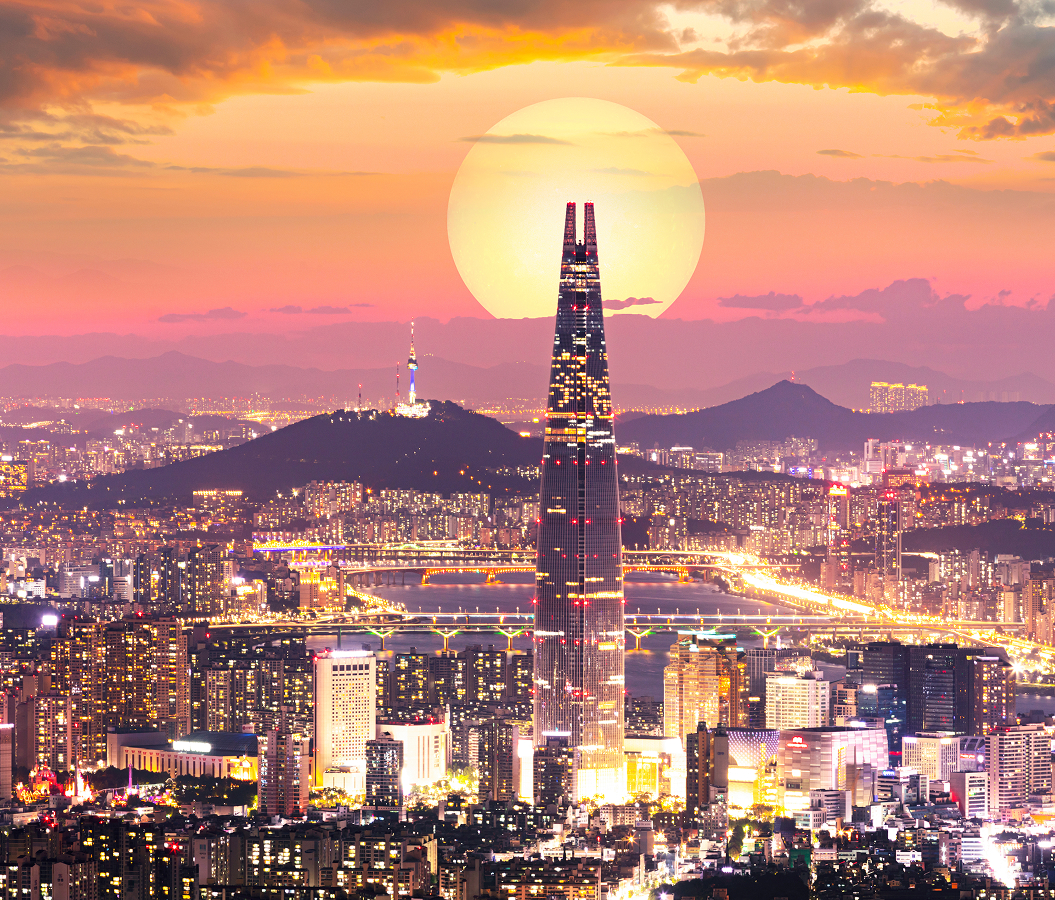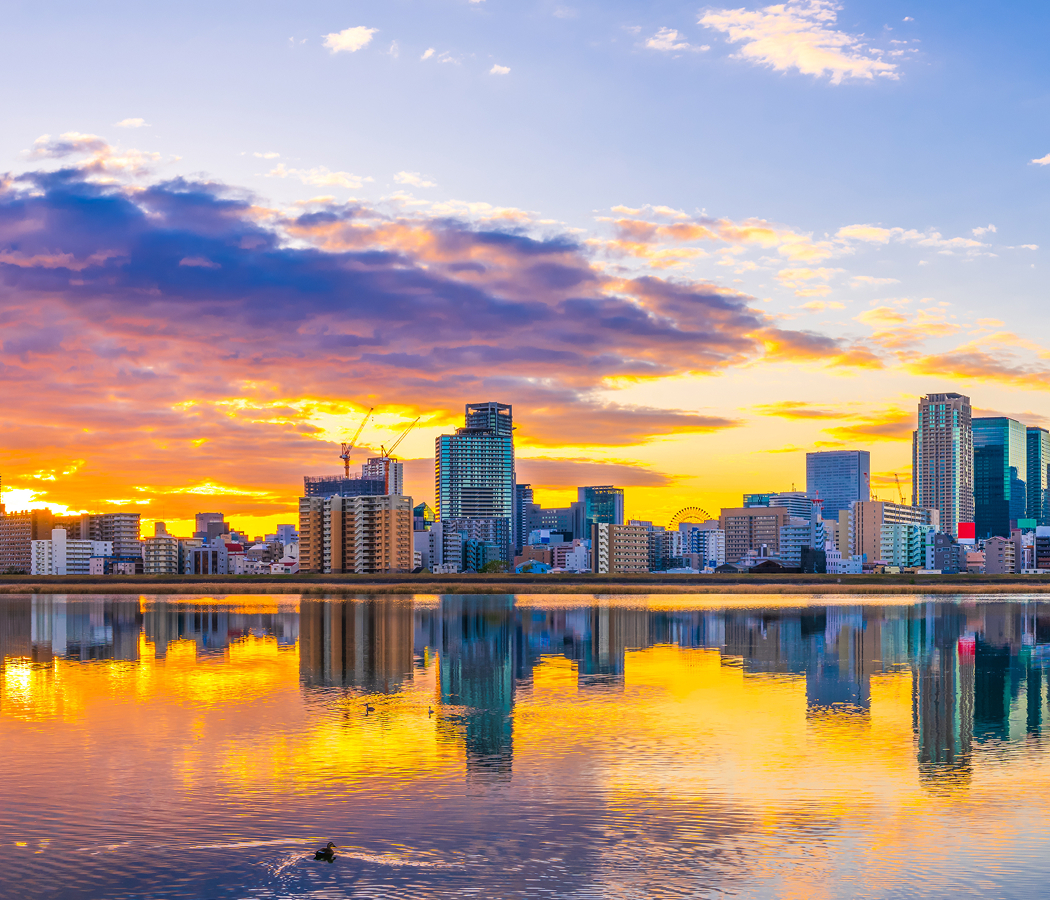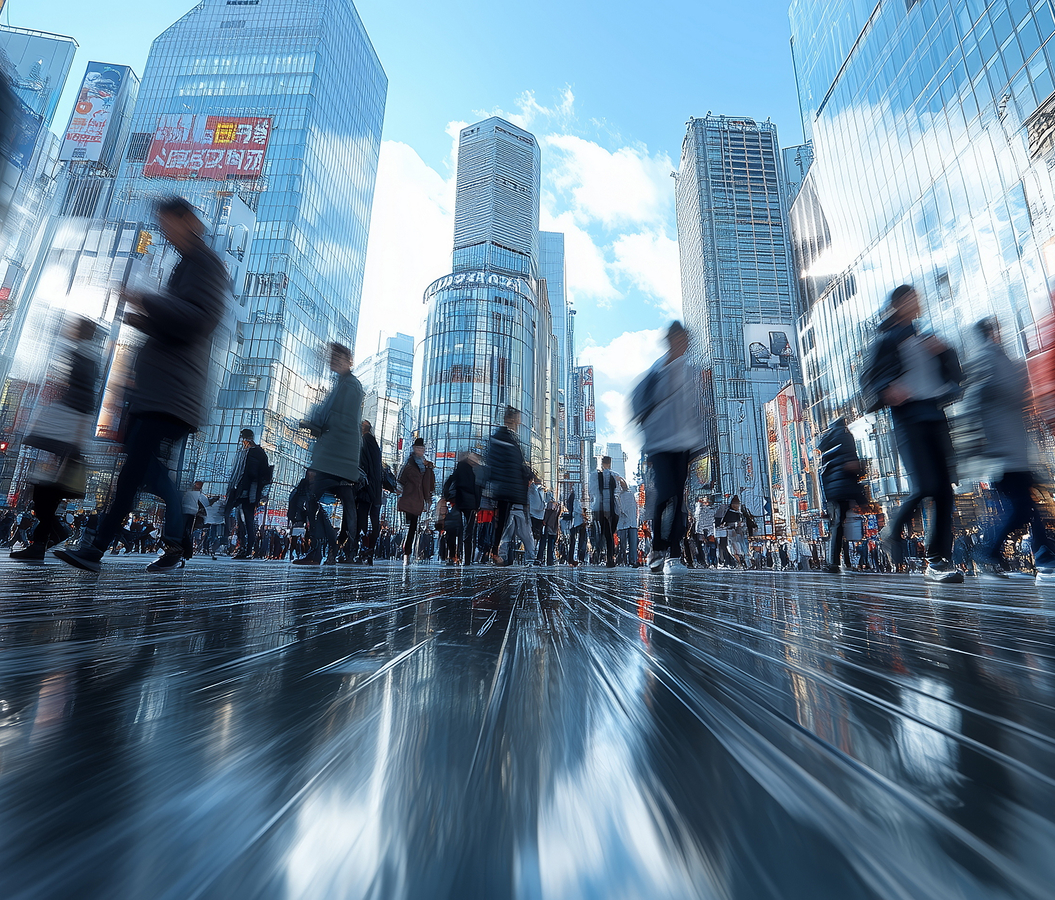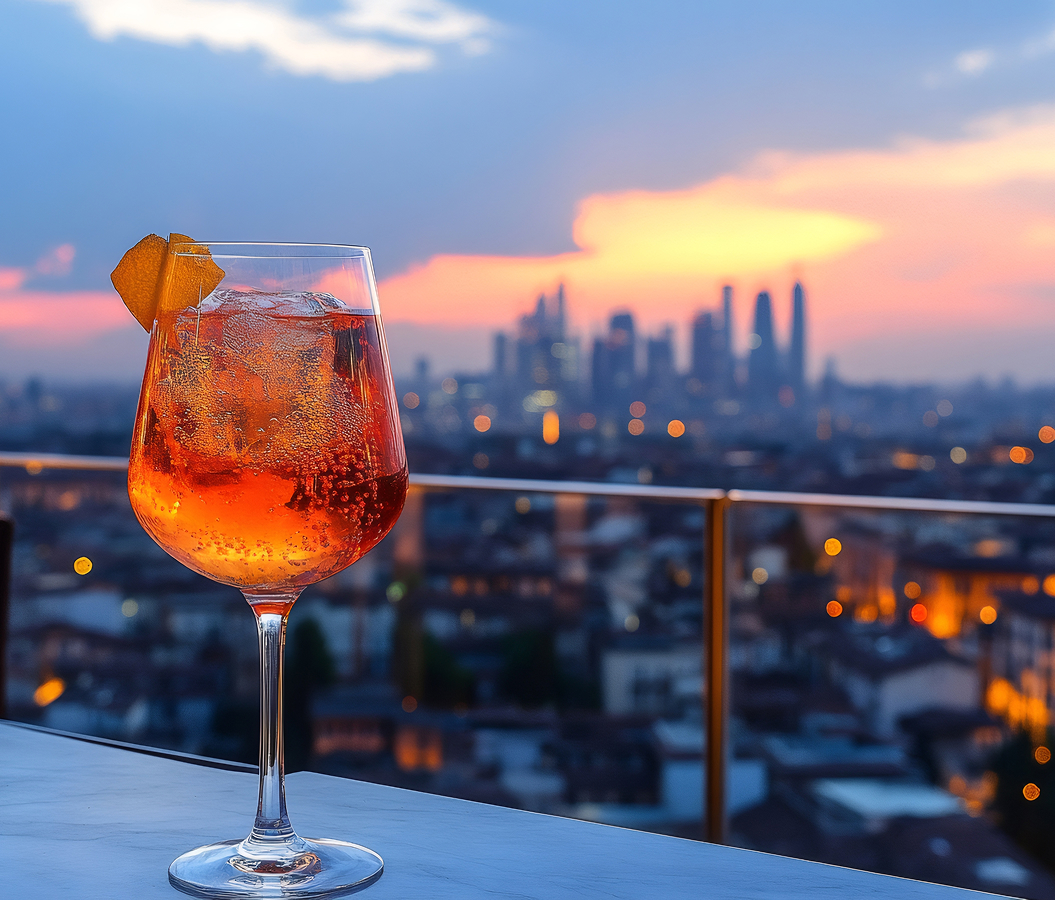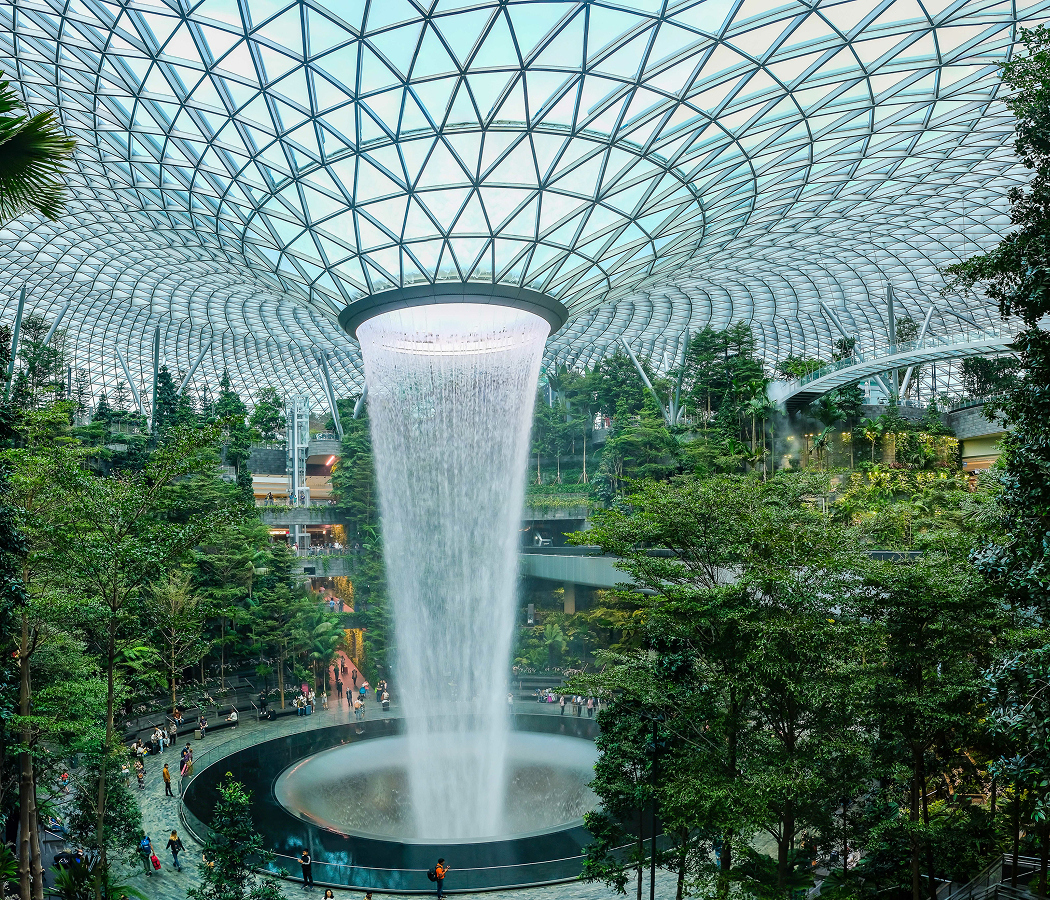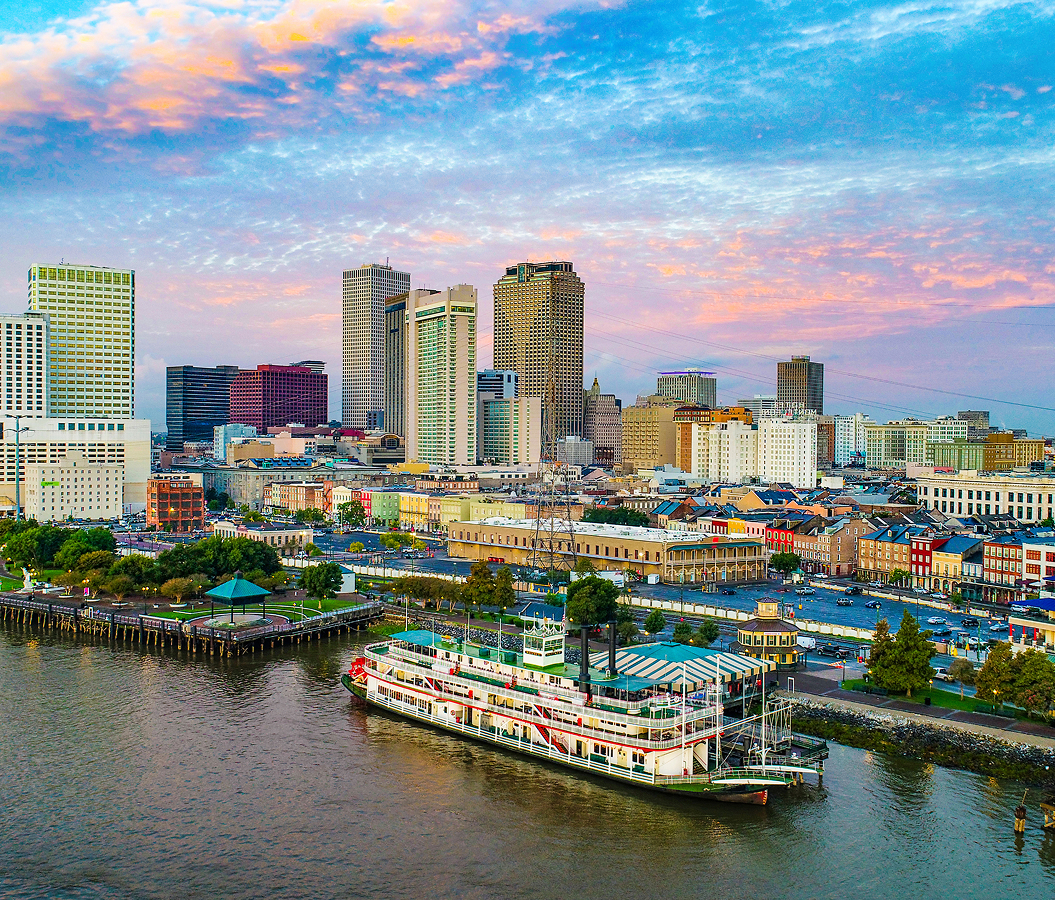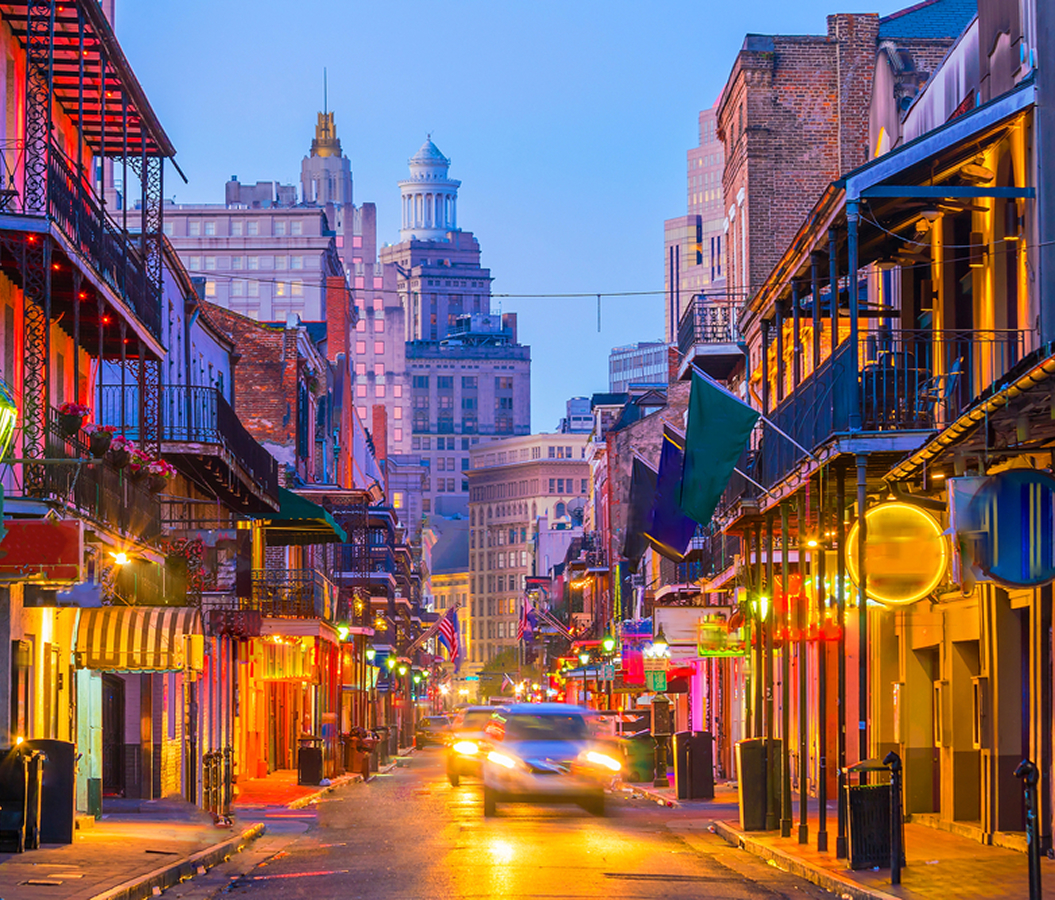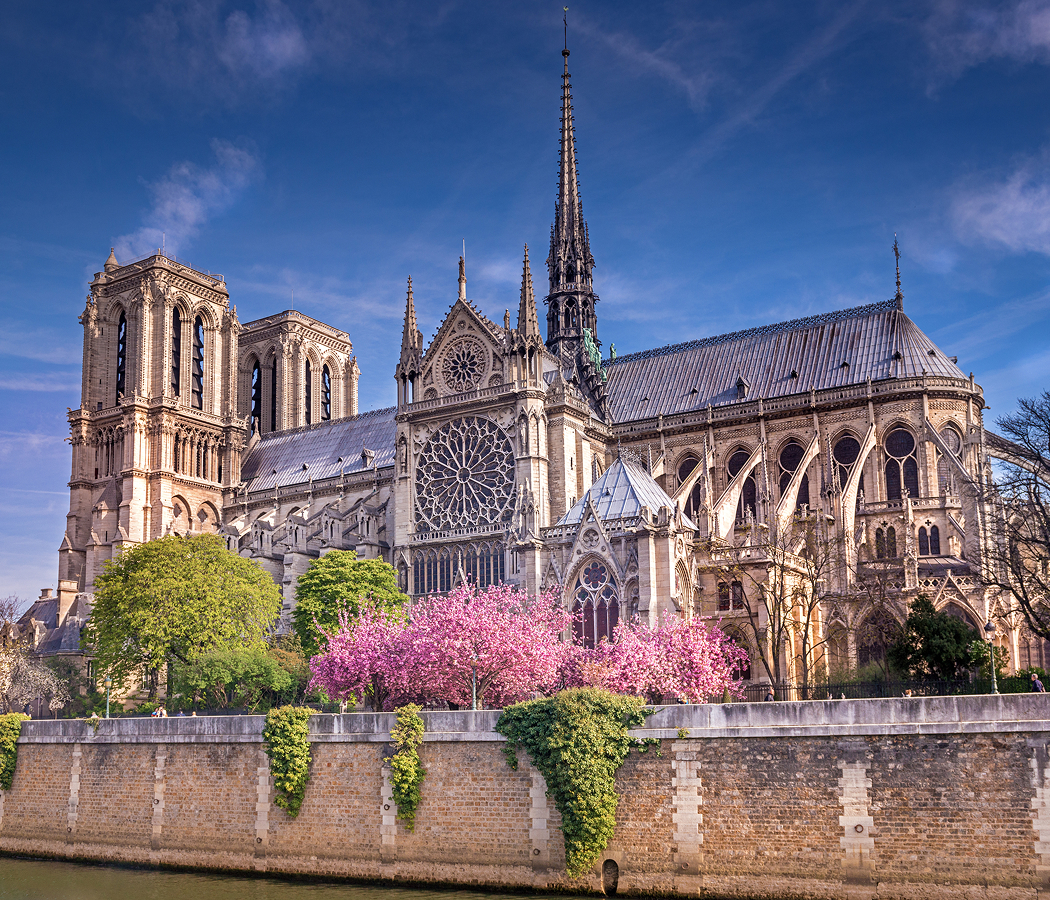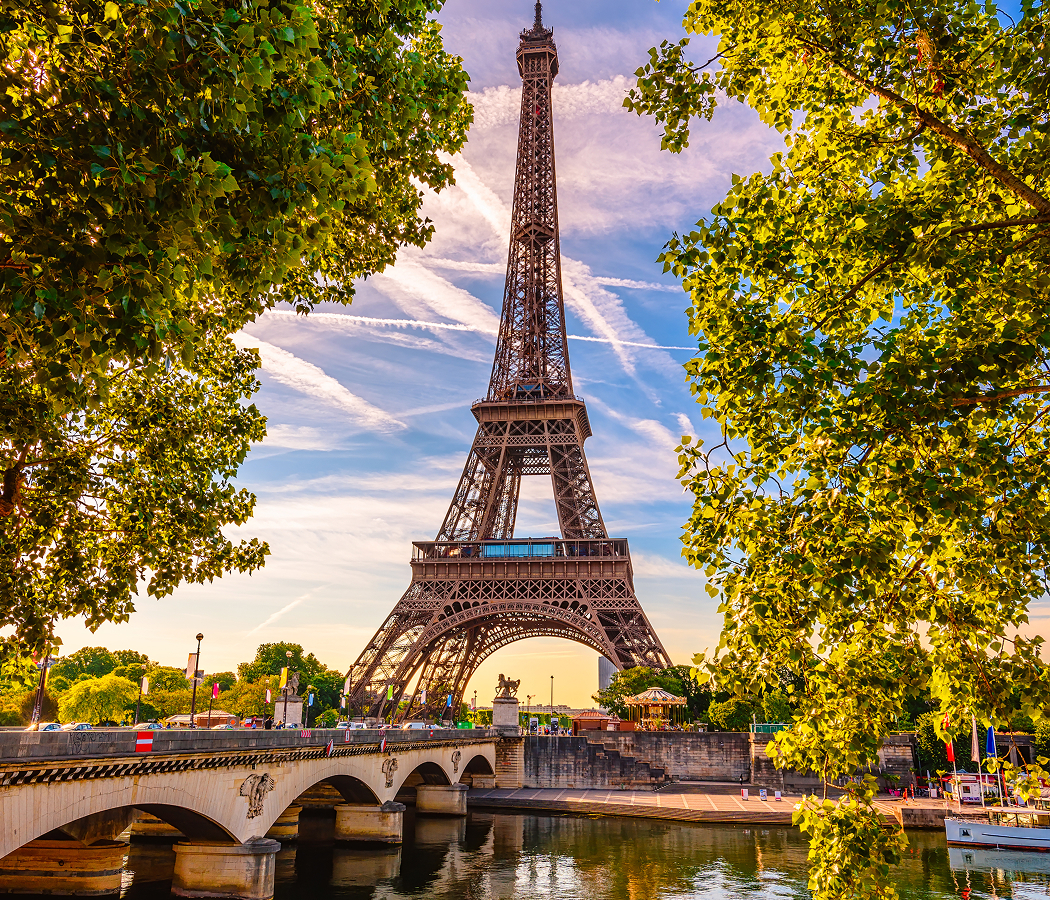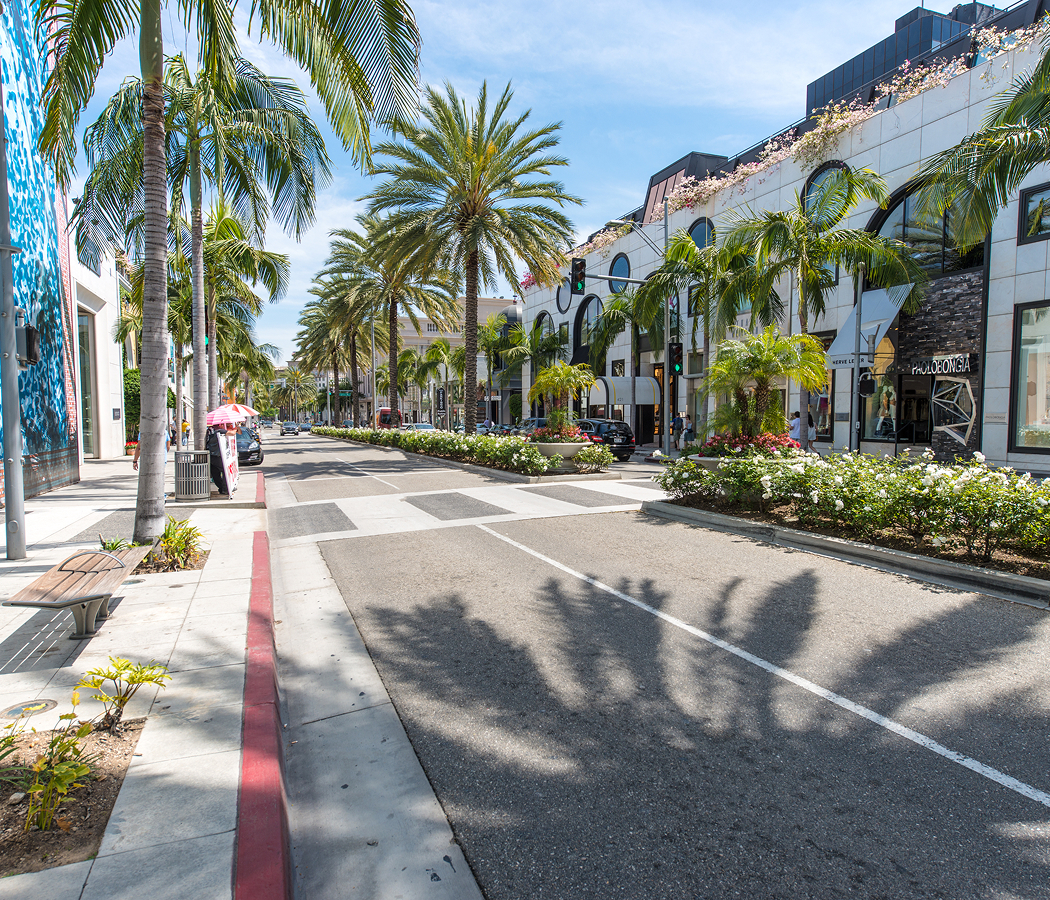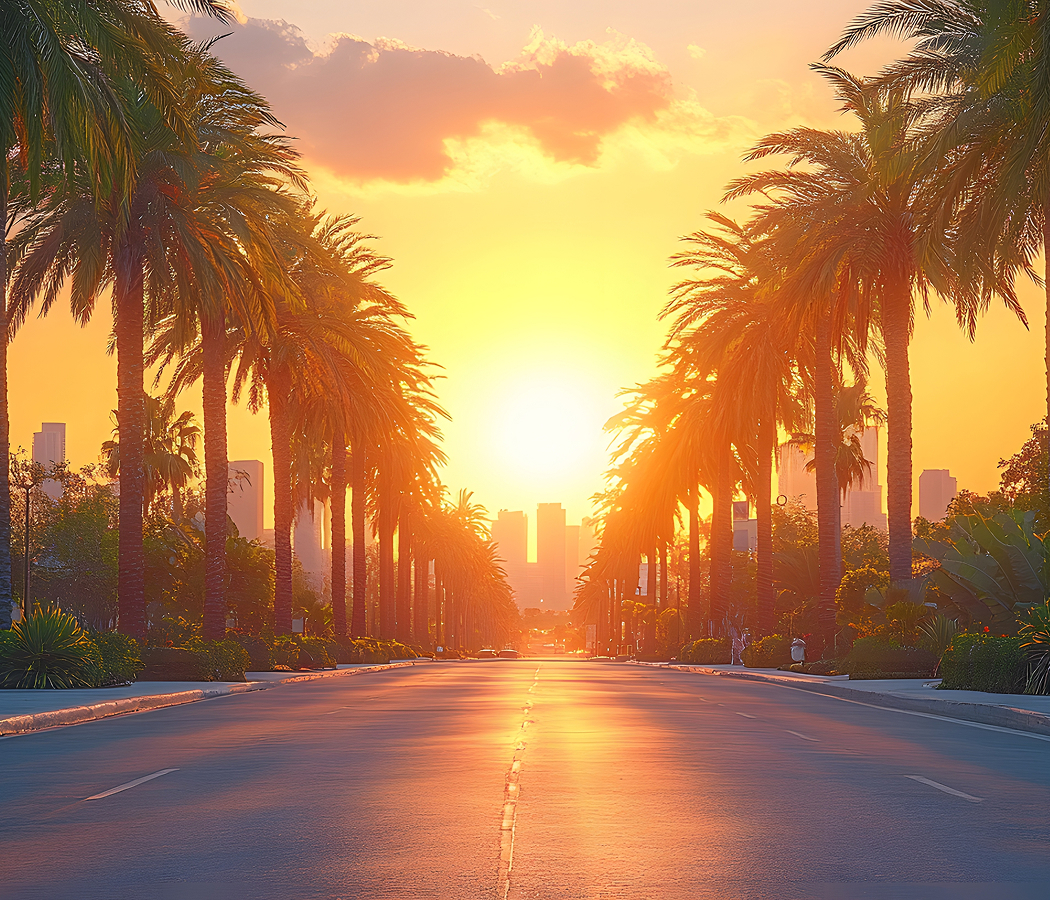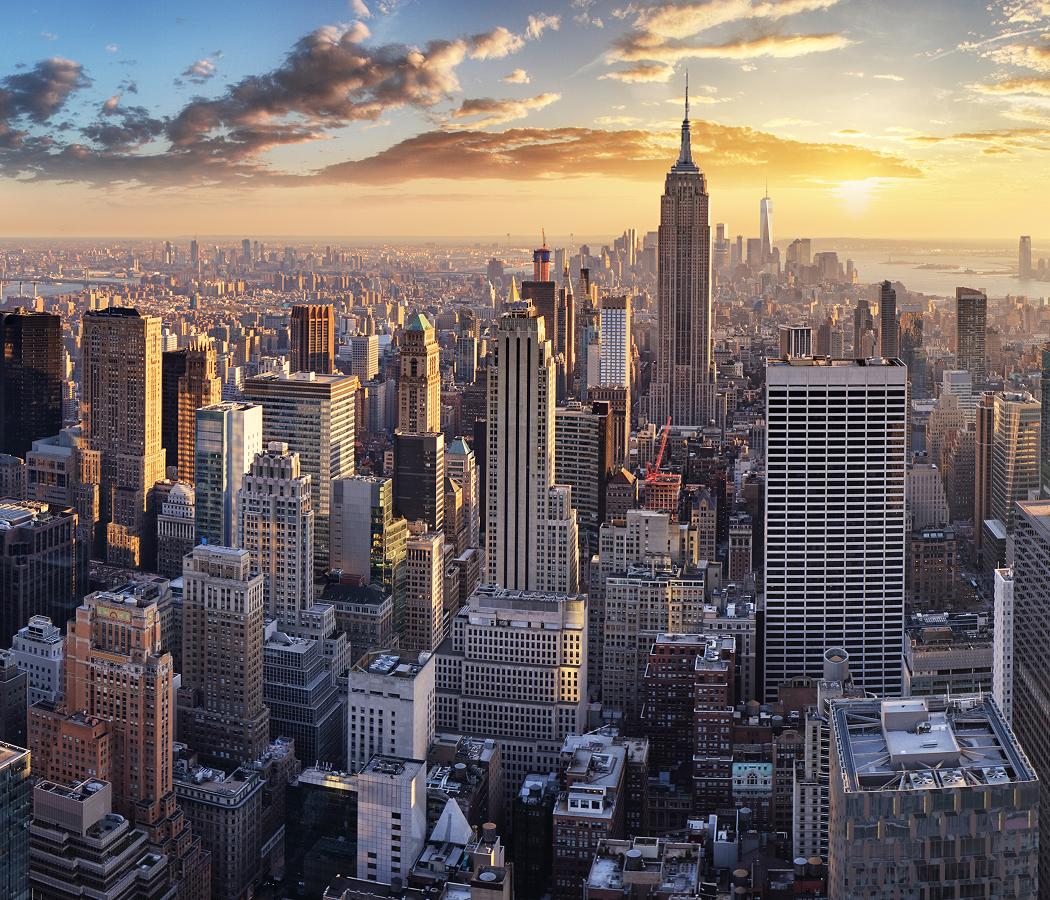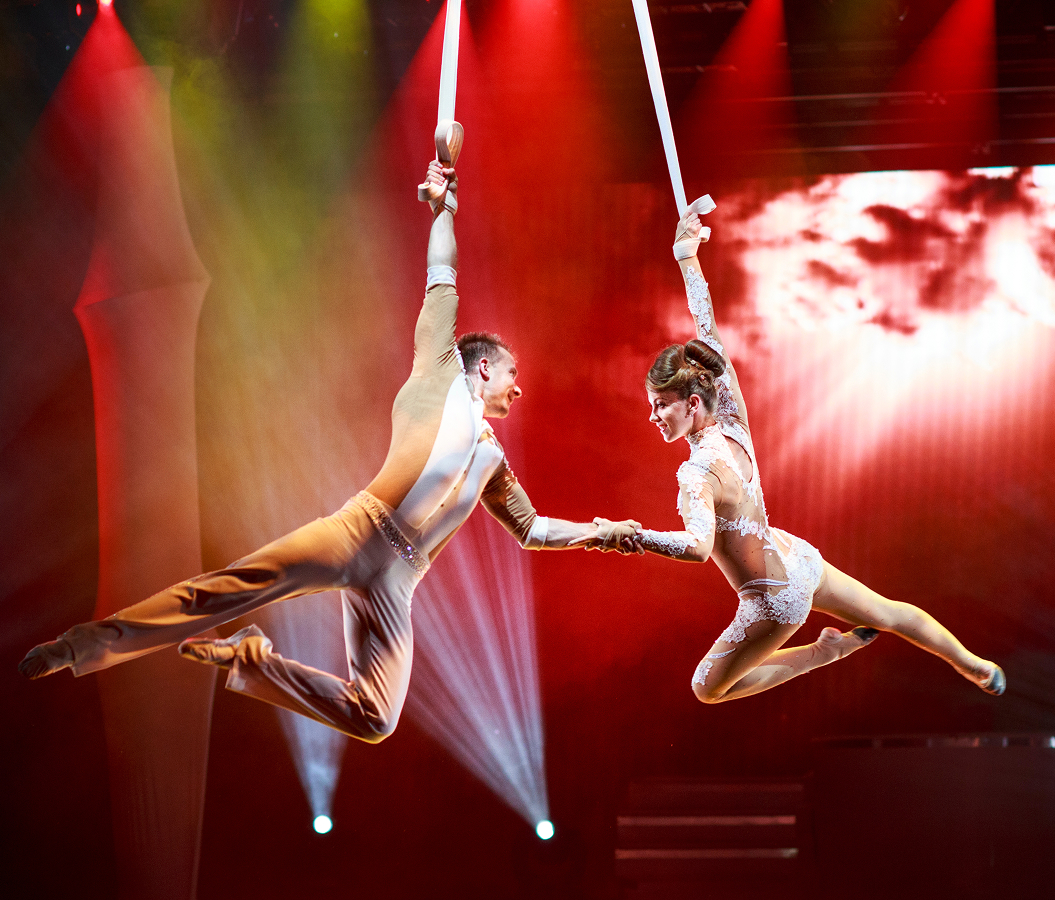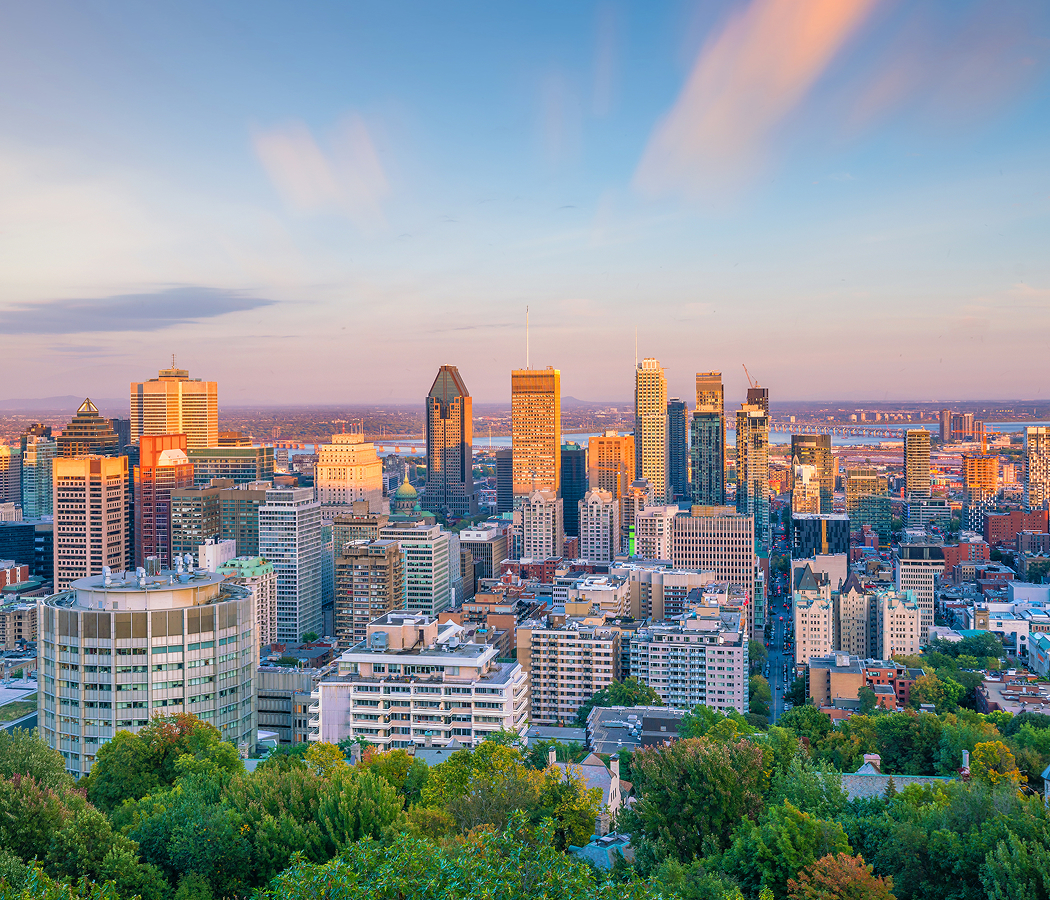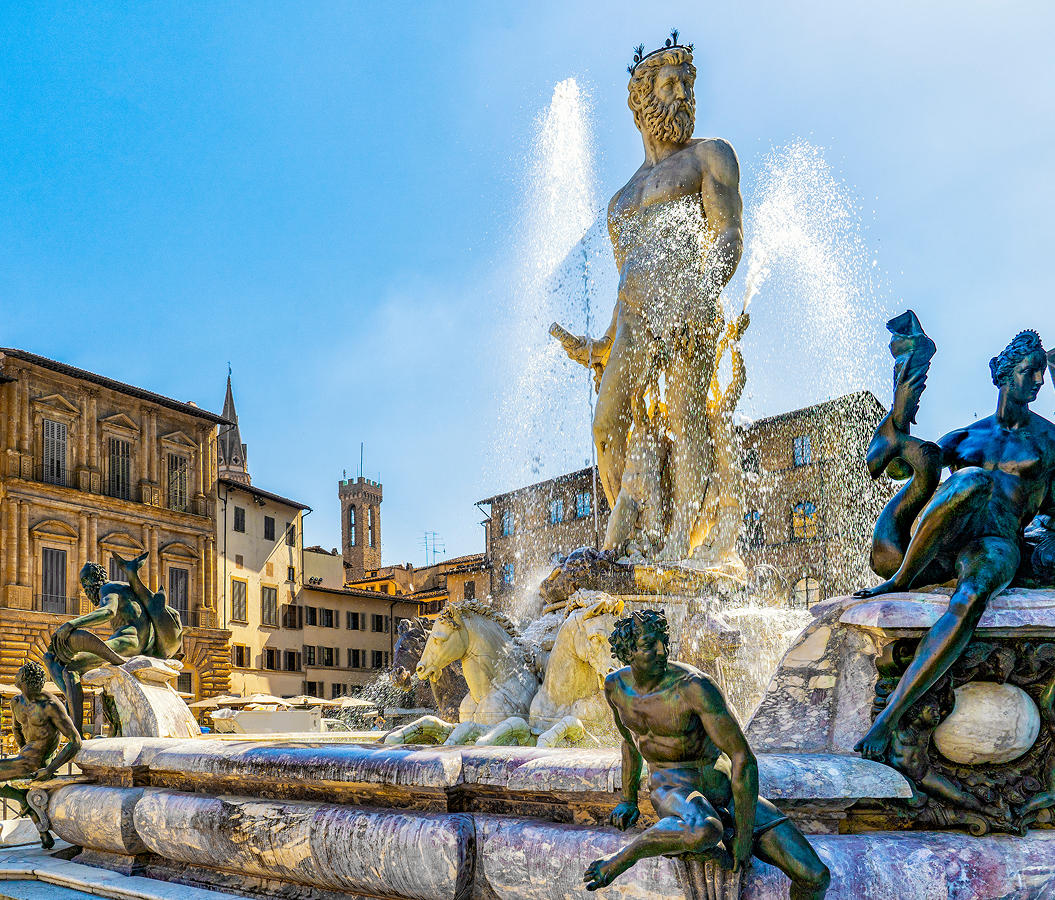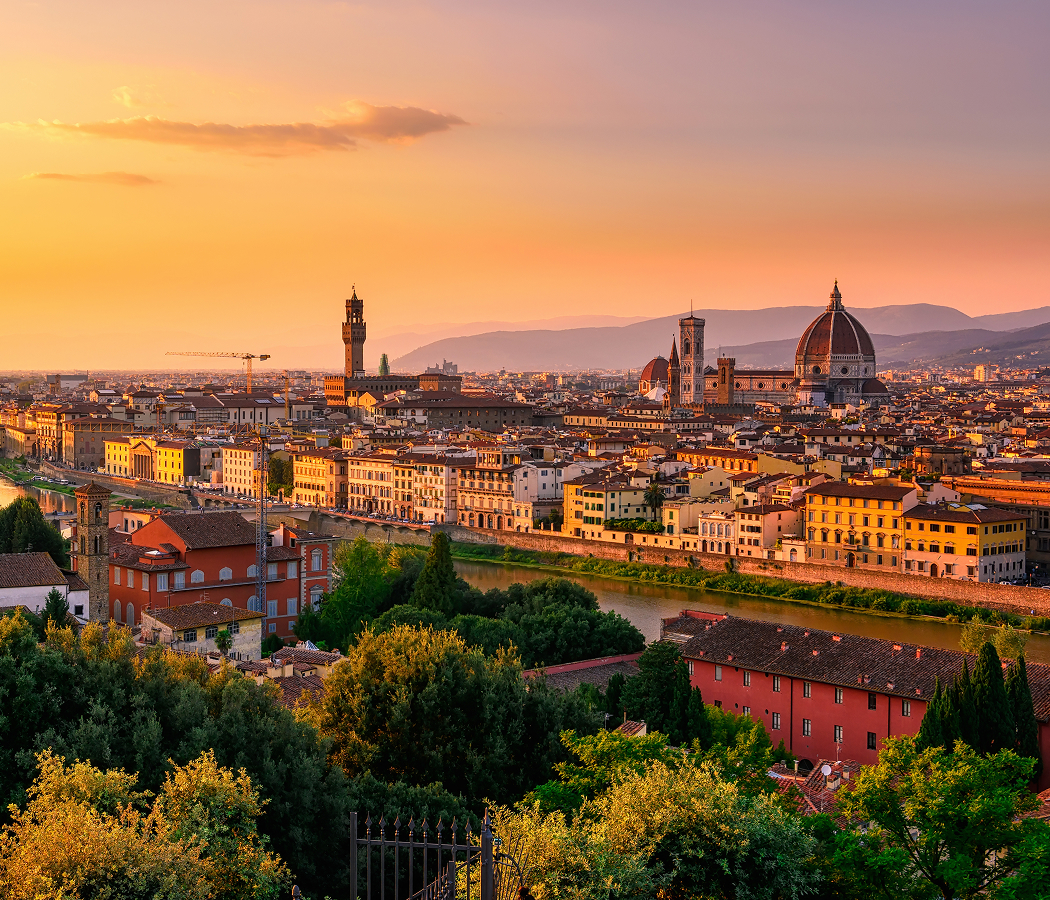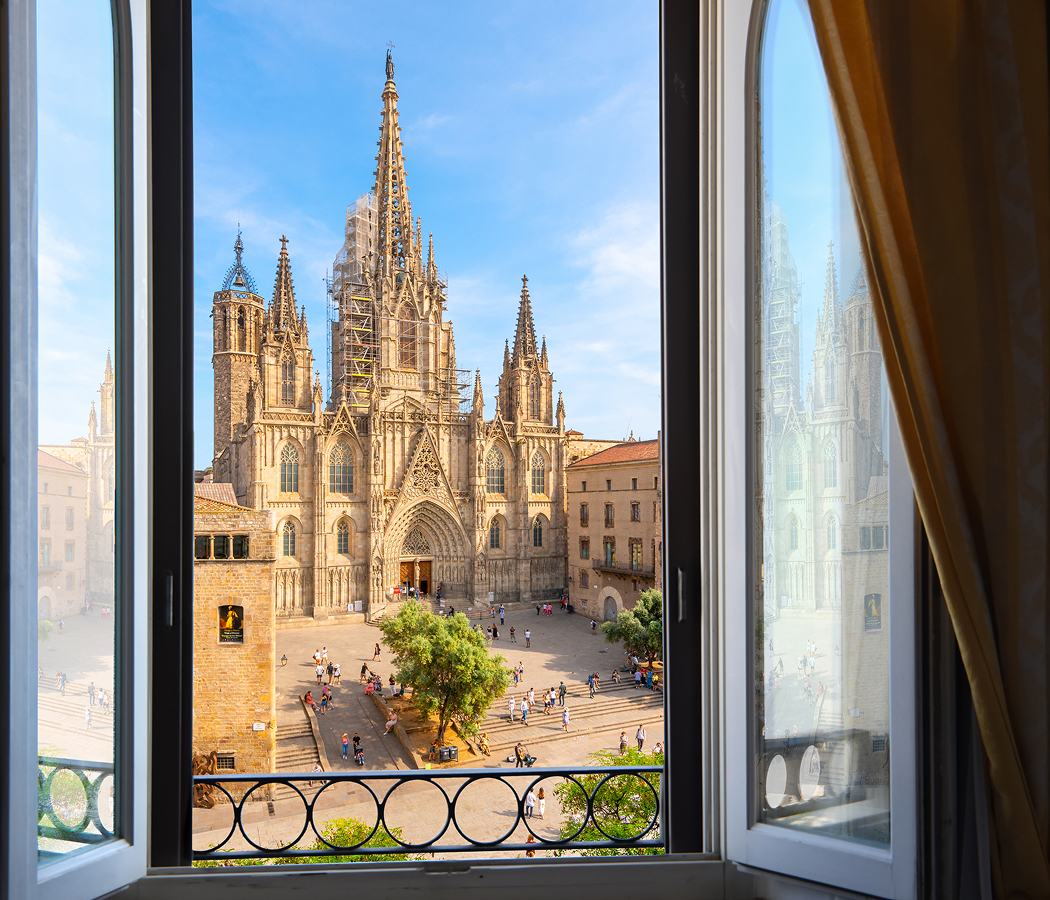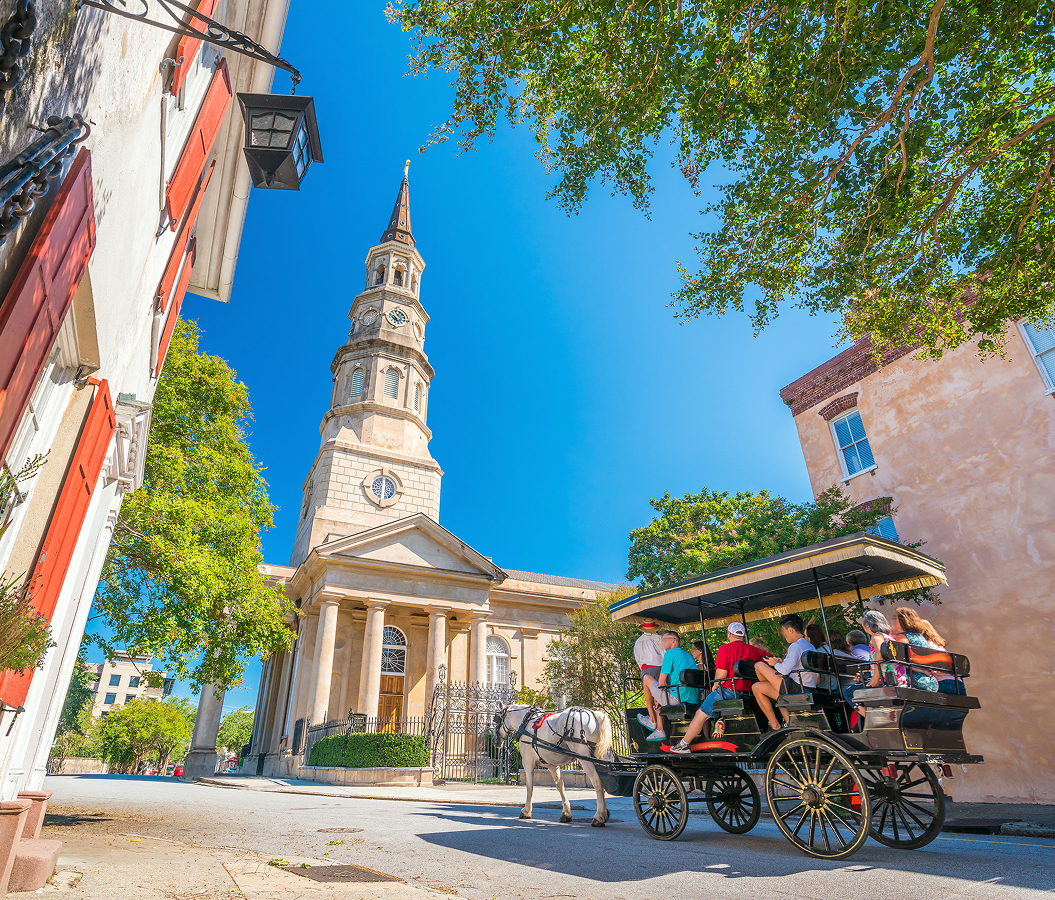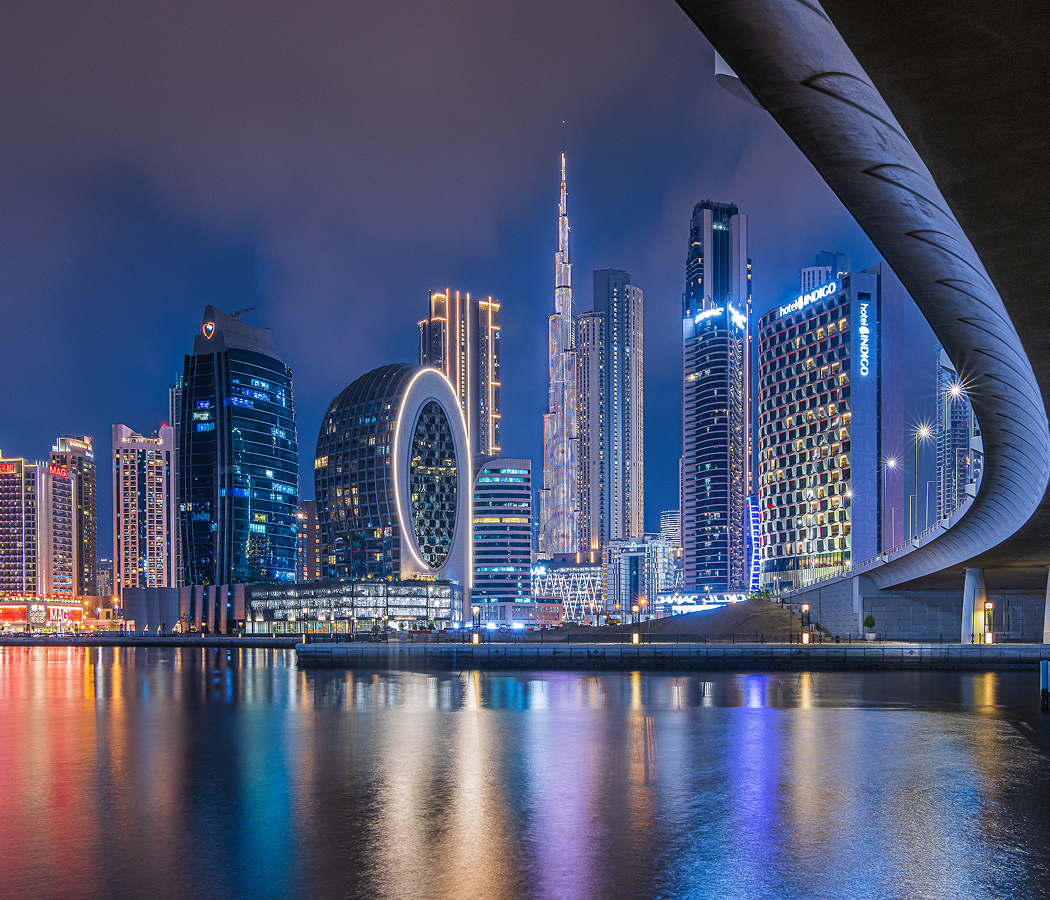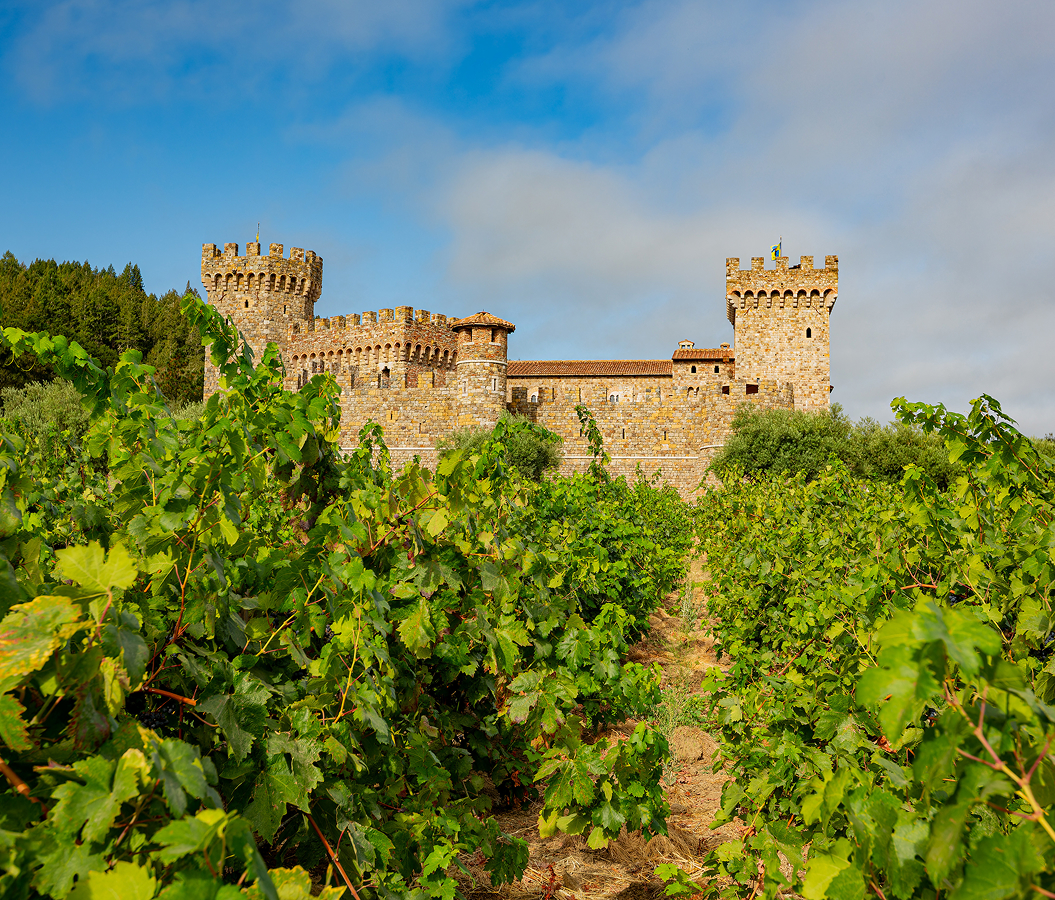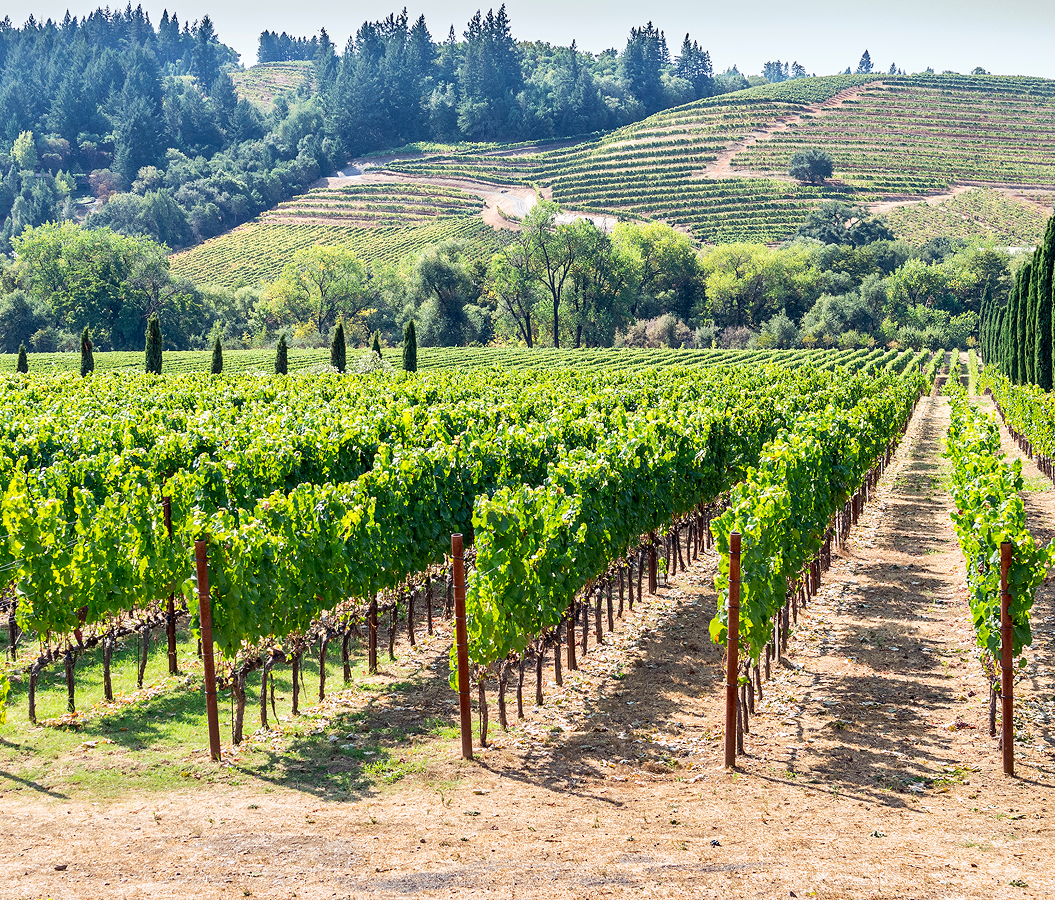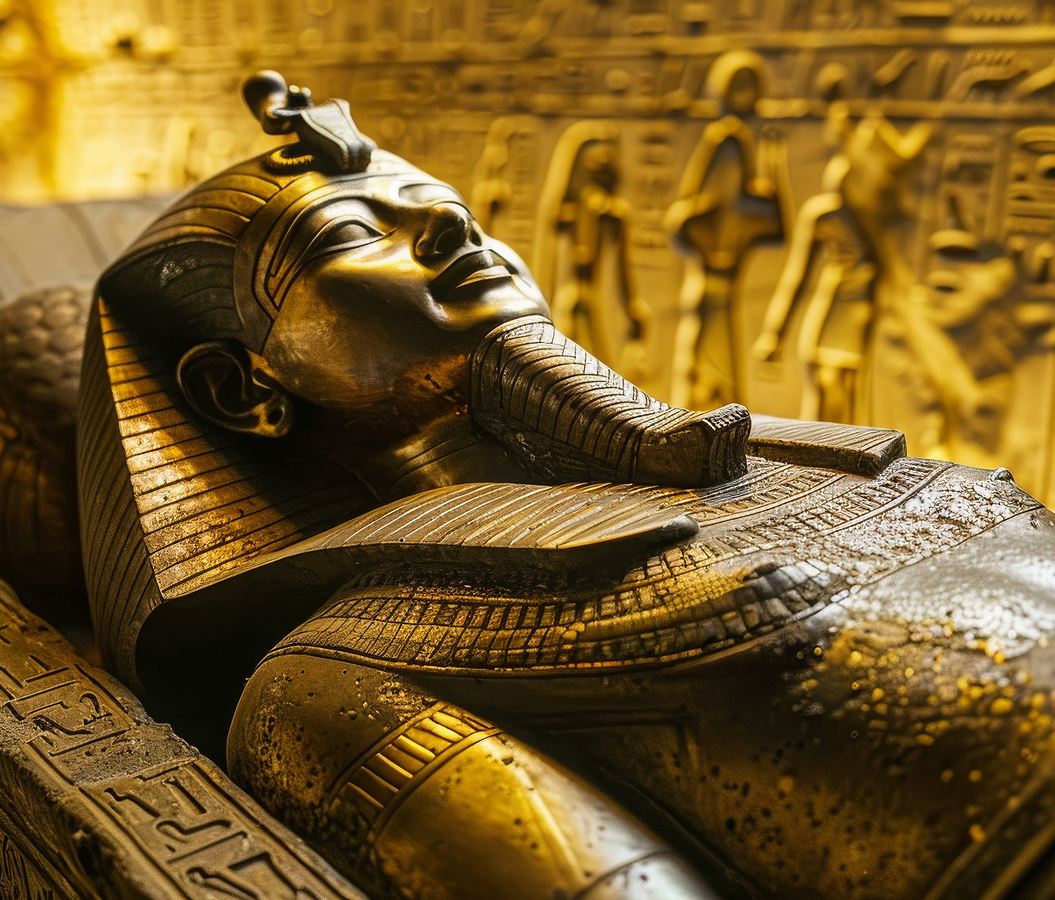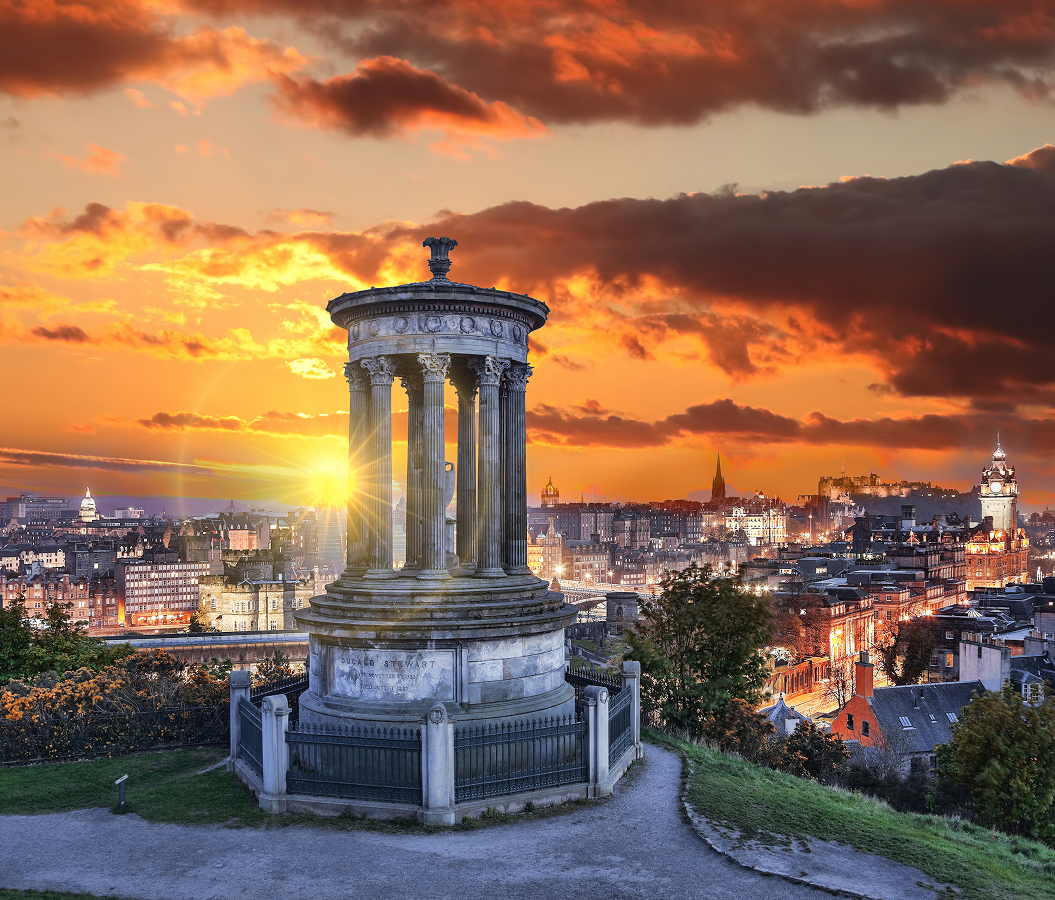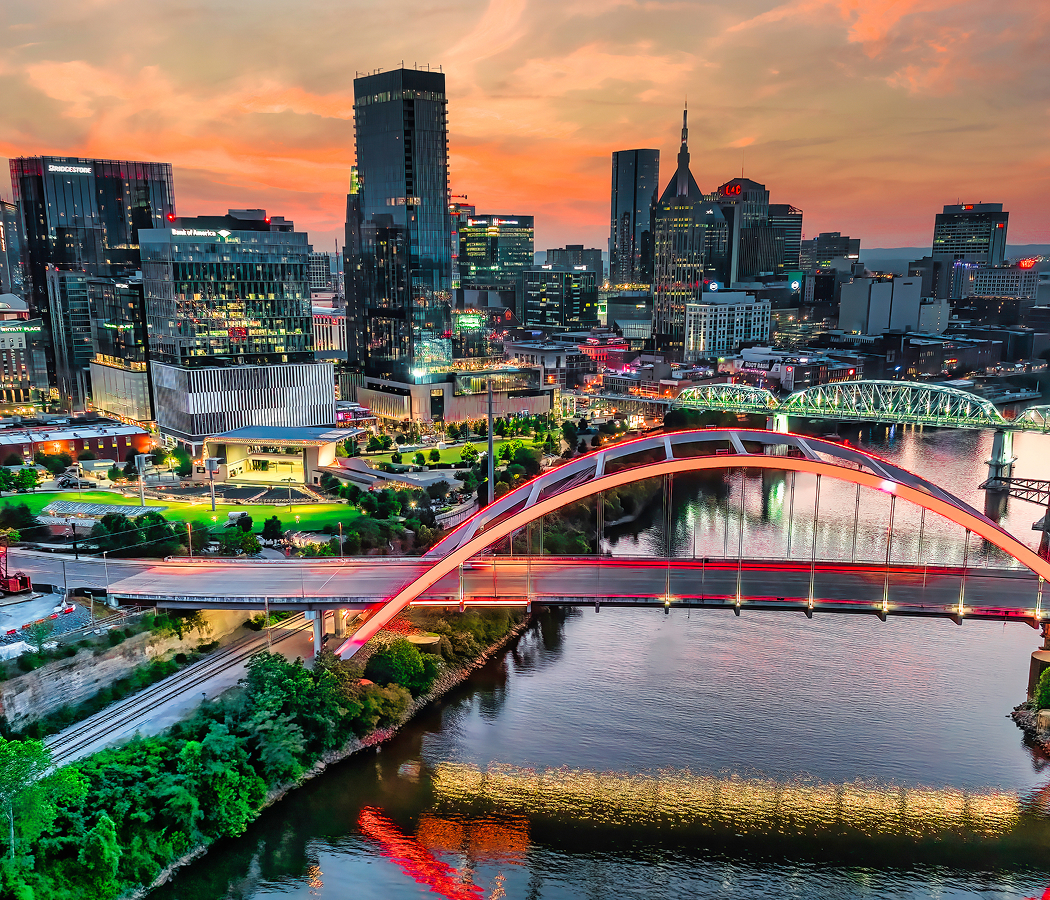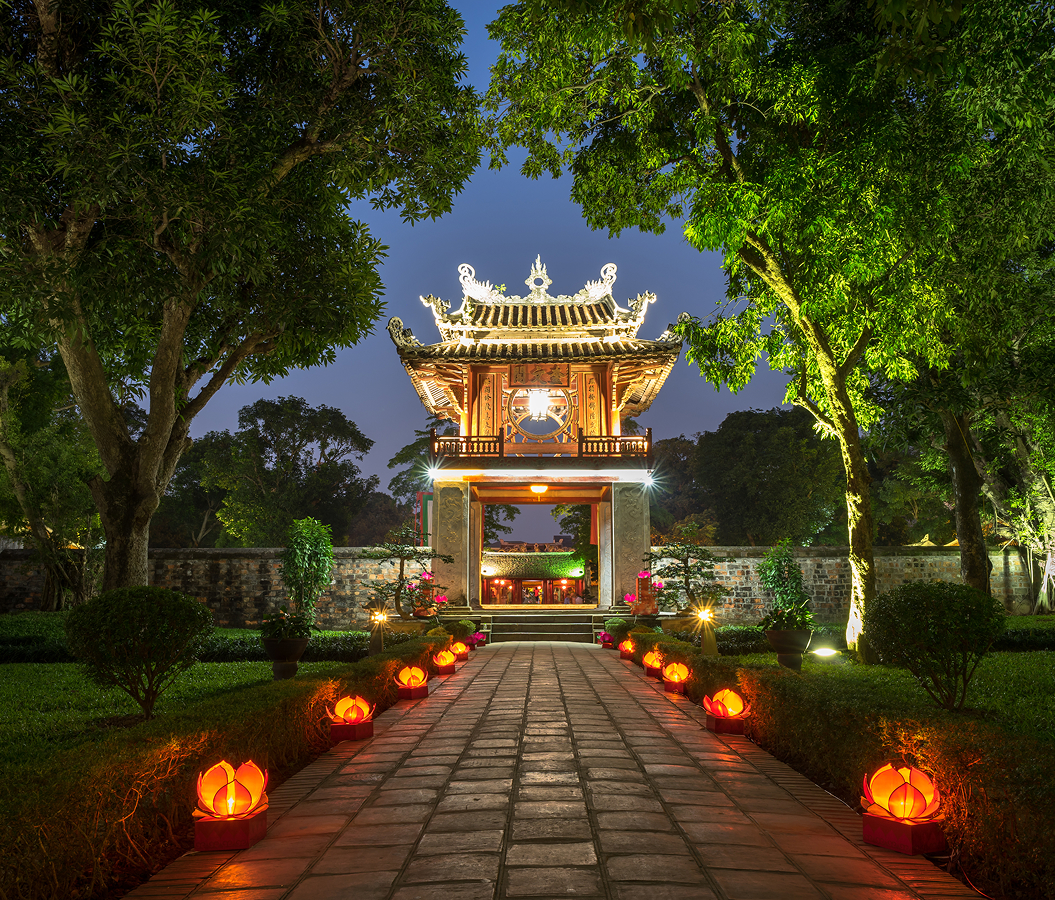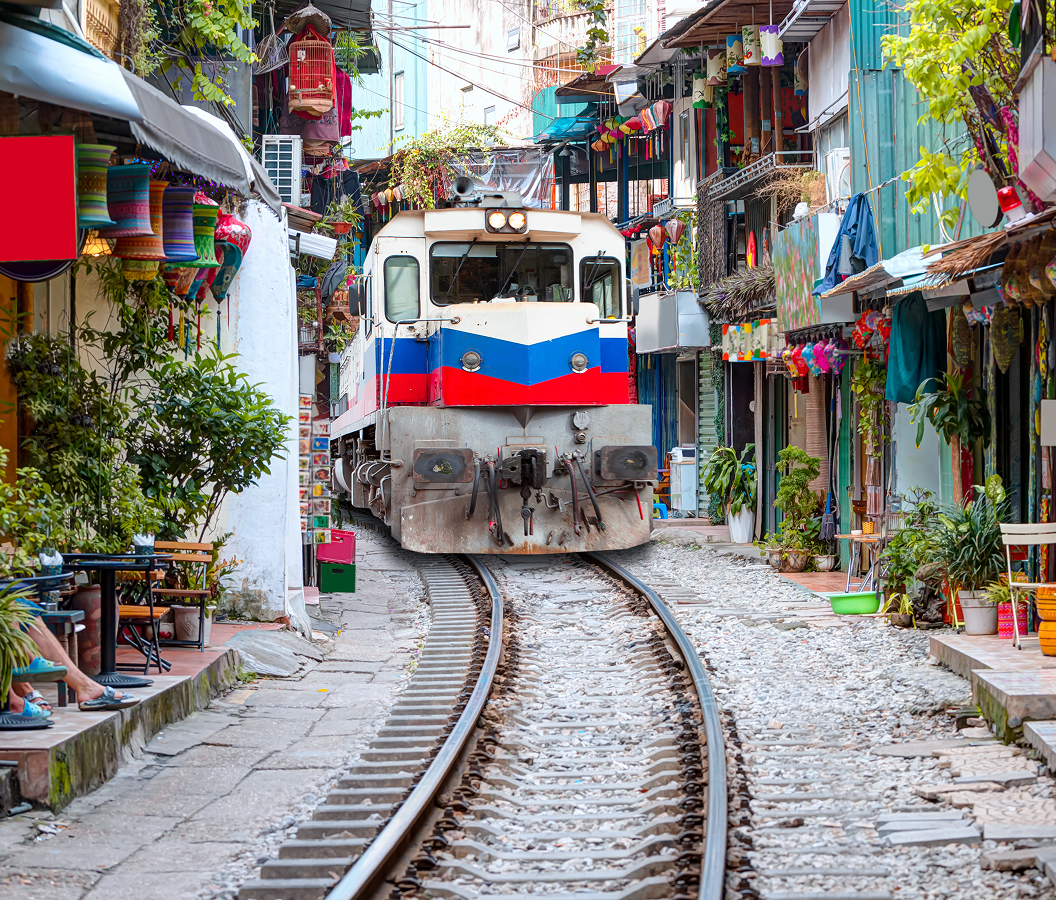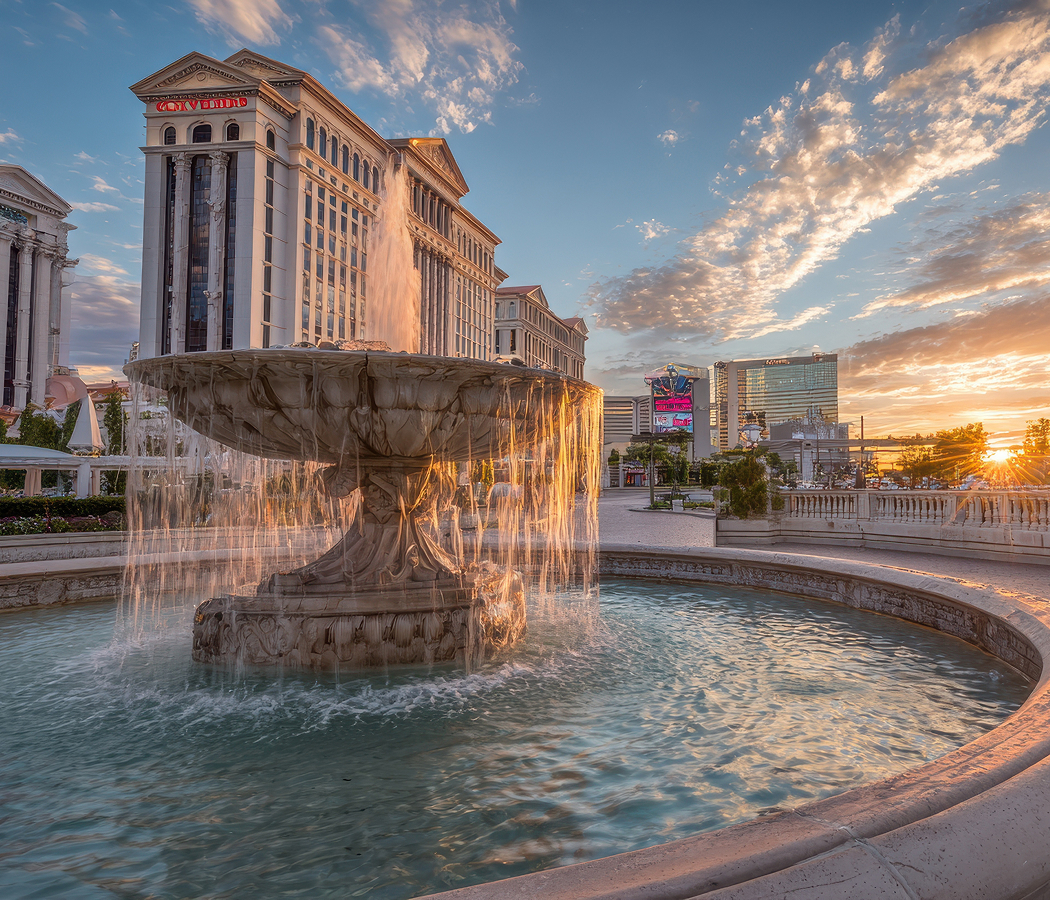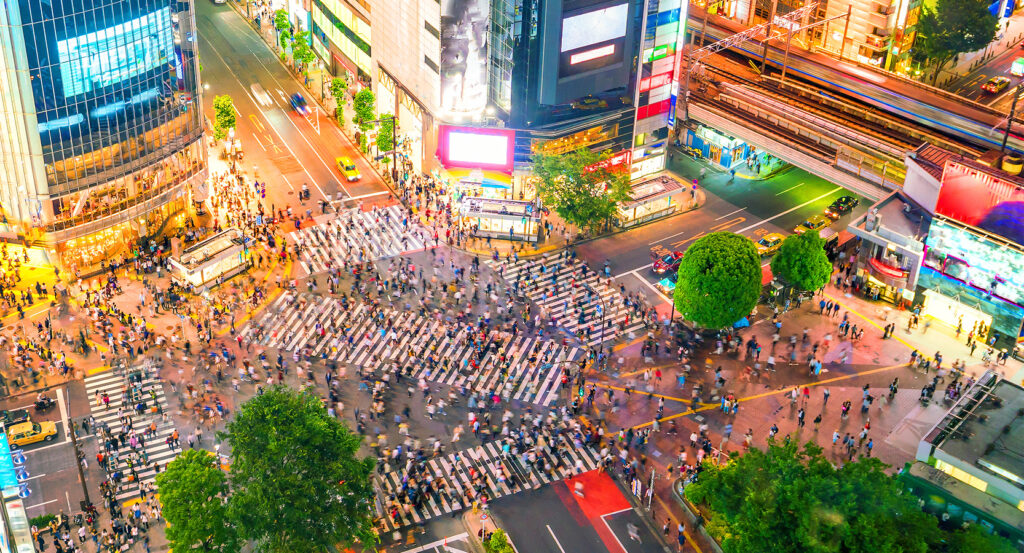
Why you should experience Shibuya Crossing in Tokyo.
Shibuya Crossing isn’t just an intersection — it’s the heartbeat of Tokyo, pulsing with humanity, rhythm, and the raw beauty of motion.
Standing at its edge feels like standing inside a living current — a moment suspended between chaos and choreography. When the lights turn red, the world pauses for half a breath, and then — release. Hundreds, sometimes thousands, of people surge forward from every direction, each moving with purpose yet never colliding. It’s a phenomenon that borders on the spiritual: a portrait of harmony in the middle of madness. Neon signs blaze overhead, reflections shimmer across wet asphalt, and the hum of conversation dissolves into the city’s electric soundtrack. From students to businesspeople, travelers to trendsetters, the crossing unites everyone in a few seconds of shared movement. It’s the essence of Tokyo distilled — energy without disorder, individuality within unity. Whether viewed from street level or from the towering windows of a nearby café, Shibuya Crossing captures the poetry of the metropolis — a place where anonymity feels alive, and the city seems to breathe right beside you.
What you didn’t know about Shibuya Crossing.
Shibuya Crossing’s fame didn’t happen by accident — it was decades in the making, built on Tokyo’s ceaseless drive toward reinvention.
The intersection sits just outside Shibuya Station, one of the busiest transit hubs in the world, funneling nearly three million passengers through its gates every day. What began as a simple road junction in the early 20th century grew alongside Japan’s modernization, with Shibuya evolving into the epicenter of youth culture by the postwar era. By the 1970s, it had become a beacon for fashion, art, and rebellion — a countercultural heart that pulsed to its own rhythm. The crossing itself gained global fame in the 1990s and 2000s, appearing in films like Lost in Translation and The Fast and the Furious: Tokyo Drift, cementing its status as a cinematic icon. Yet behind the flash and fame lies a carefully orchestrated design. The all-directional crosswalk pattern, known as a scramble crossing, was first introduced in the 1970s to manage Tokyo’s exploding foot traffic, allowing pedestrians to cross in every direction simultaneously. What seems chaotic is, in truth, a feat of urban precision — a living demonstration of Japanese efficiency and respect for order. The nearby Hachikō Statue, honoring the famously loyal dog who waited years for his master outside the station, adds a quiet touch of sentimentality to this hypermodern scene. Together, they embody Tokyo’s emotional duality — heart and hustle, history and neon, seamlessly intertwined.
How to fold Shibuya Crossing into your trip.
Experiencing Shibuya Crossing is less about seeing it and more about feeling it — letting the city’s pulse move through you.
Arrive in the evening, when the lights are at their brightest and the energy hits its peak. Begin by watching the spectacle from above — the second-floor windows of Starbucks Shibuya Tsutaya or the panoramic deck at Magnet by Shibuya109 offer unmatched vantage points to witness the organized chaos below. When you’re ready, step into the crowd. As the signal changes, move with the flow — thousands of footsteps clicking in perfect rhythm, camera flashes sparking like fireflies, and the city’s energy thrumming through the soles of your shoes. After crossing, linger in the plaza to take in the atmosphere. Wander through Shibuya Center-gai, a labyrinth of shops, bars, and ramen joints that keep the neighborhood alive long past midnight. For a deeper glimpse of the future, walk to Shibuya Sky, the open-air observatory atop the Shibuya Scramble Square Tower, where you can look down on the intersection from 230 meters above. The sight is breathtaking — the city glows like a living circuit, and the crossing below beats like its heart. Stay until night deepens, when Tokyo feels infinite and time seems to blur. Shibuya Crossing is more than a tourist stop — it’s the pulse that defines Tokyo’s rhythm, where every step becomes part of a grand, unspoken dance that never truly ends.
Hear it from the Foresyte community.
“Looks insane from the outside but feels weirdly calm once you’re in it. Neon blasting, people pouring from every angle, and you’re right in the middle of it like damn… this is the Tokyo everyone dreams about.”
Where meaningful travel begins.
Start your journey with Foresyte, where the planning is part of the magic.
Discover the experiences that matter most.


